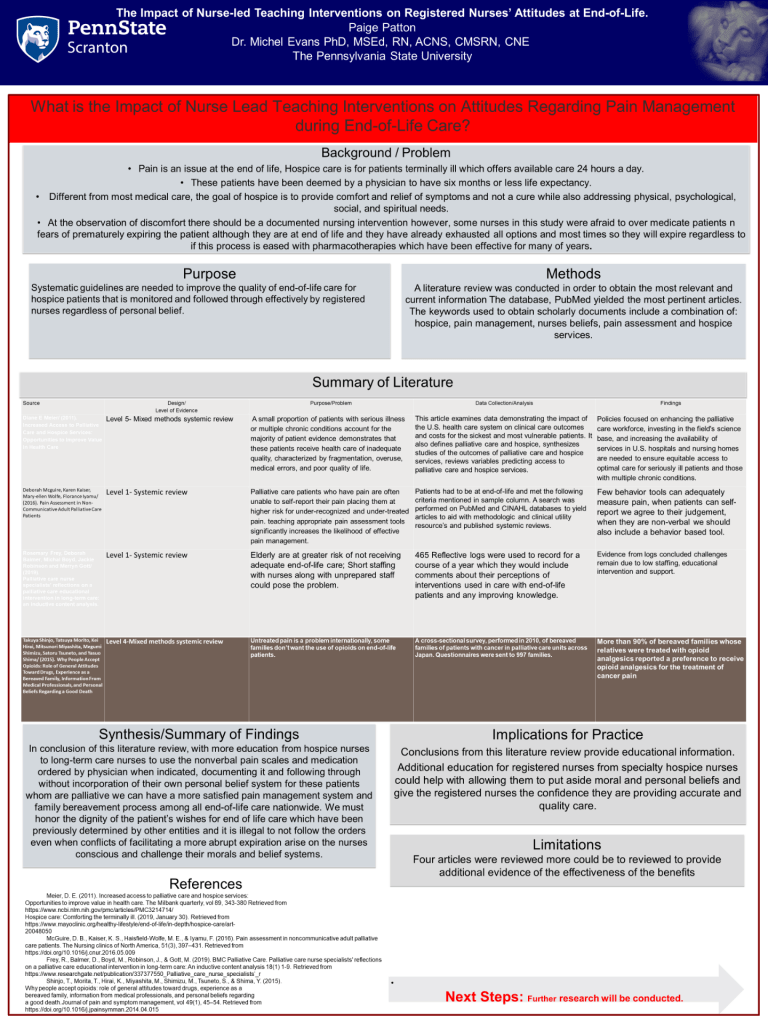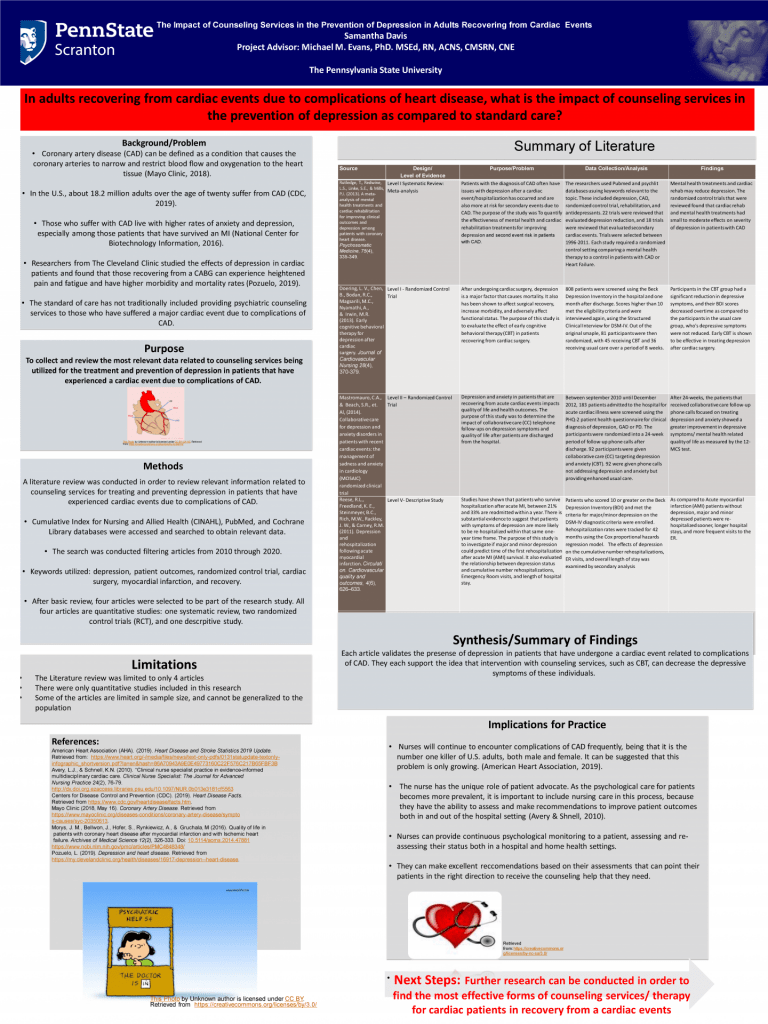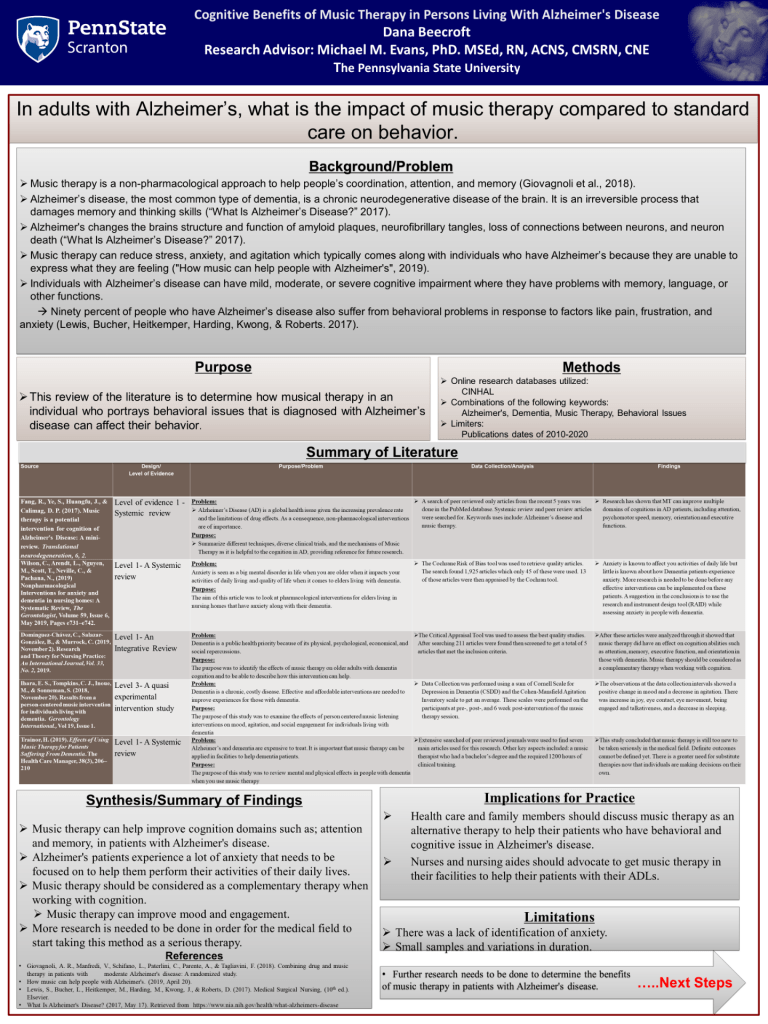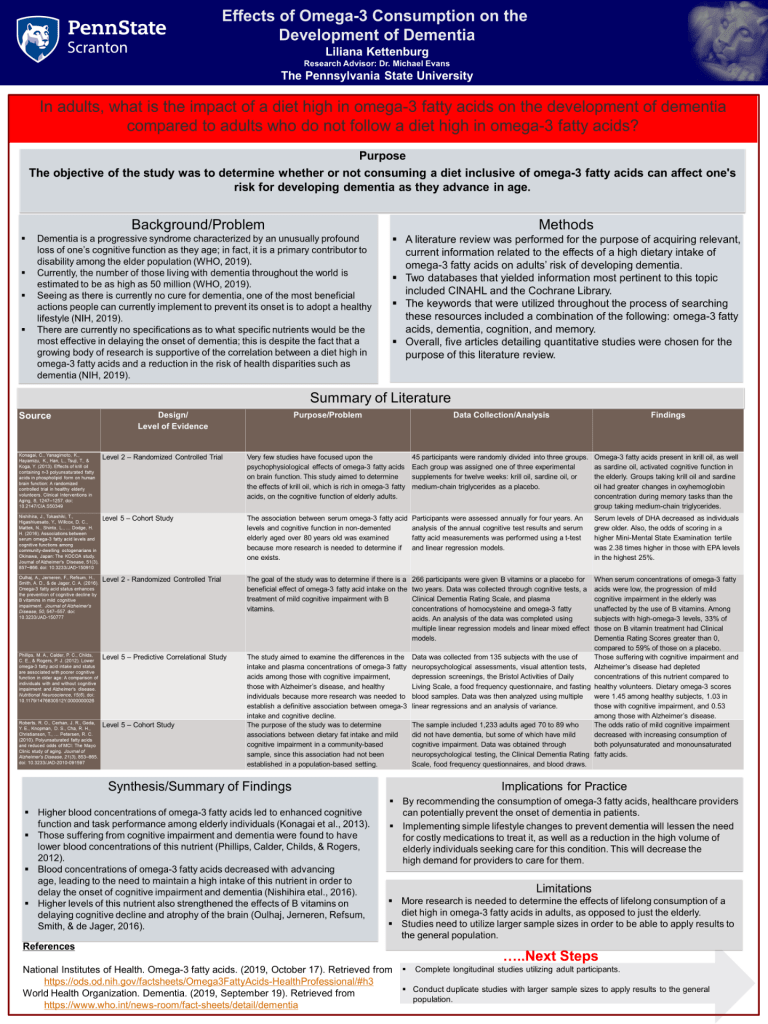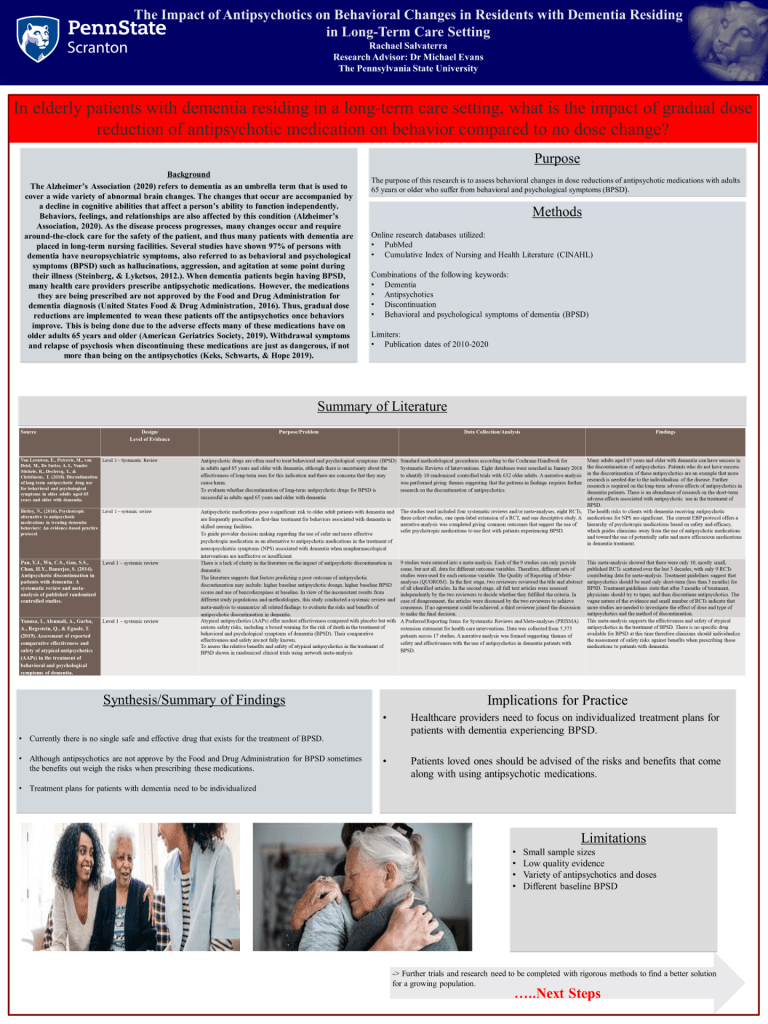STUDENT: Kailey Gearhart
PROJECT ADVISOR: Annette Blasi-Strubeck
ABSTRACT
In the past, research regarding healthcare experiences has largely involved and focused on cisgender clients, leading to a lack of research on the healthcare experiences of transgender individuals. A scholarly literature review was conducted, and six articles were selected for further review. These peer-reviewed articles have identified multiple social barriers to healthcare for transgender individuals, health disparities in the transgender population, and some potential solutions to healthcare issues that transgender clients experience. Some social barriers identified included underlying cisnormativity and transphobia of healthcare providers and healthcare systems, mistreatment or disrespect within the healthcare system, and a lack of consistent and correct identification of transgender clients from admission to discharge. The articles identified healthcare disparities in the transgender community such as an increased risk of mental illness, less access to culturally competent care, and less correct knowledge on routine health screenings. In order to improve the overall health of transgender individuals, it is important to create a healthcare system that is inclusive, educated, and supportive of the transgender community. This can be achieved through including transgender content in prelicensure education for students who are entering the healthcare field through identifying and talking about transgender concerns, fears, and experiences within the current healthcare system, continuing education seminars, workshops, and in-services for current healthcare providers, and providing opportunities for mentorship and professional education on culturally competent care for transgender clients.


